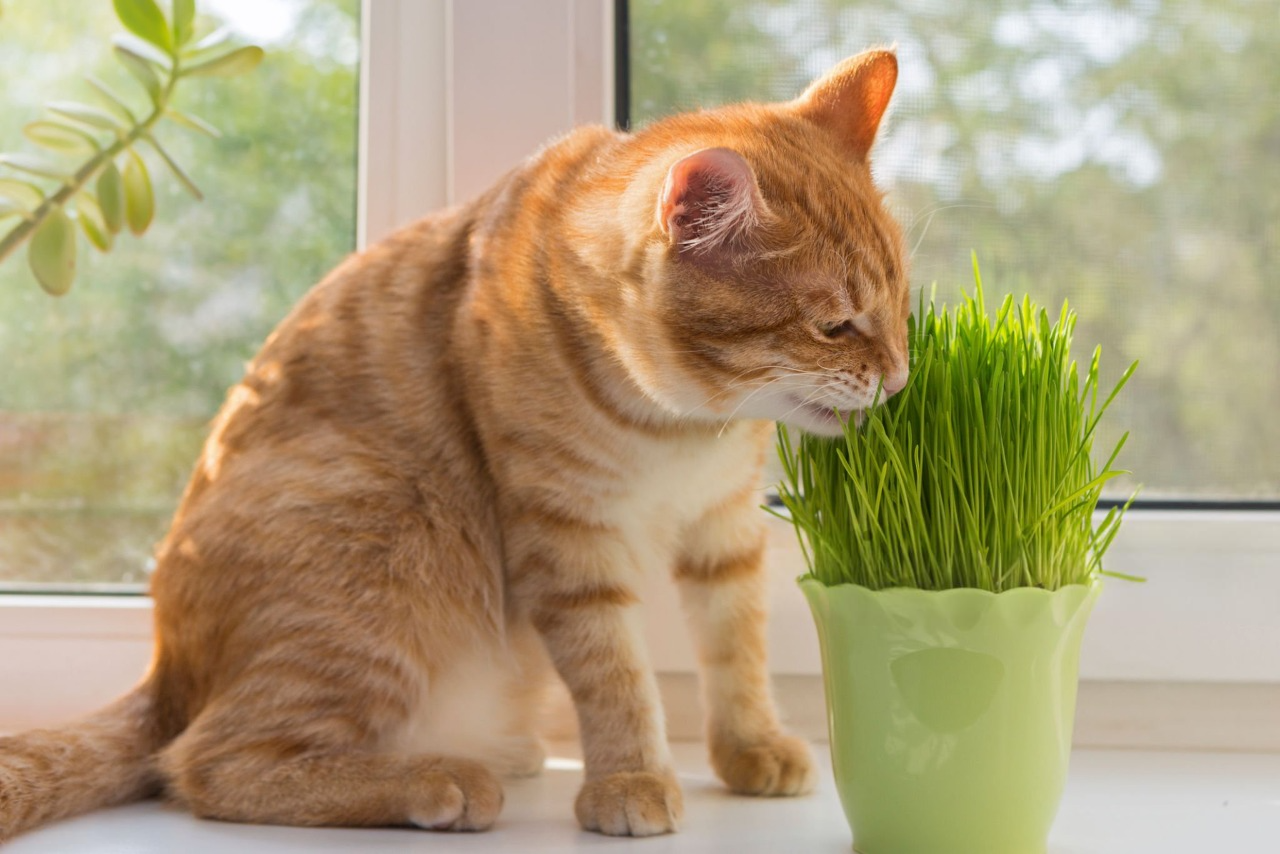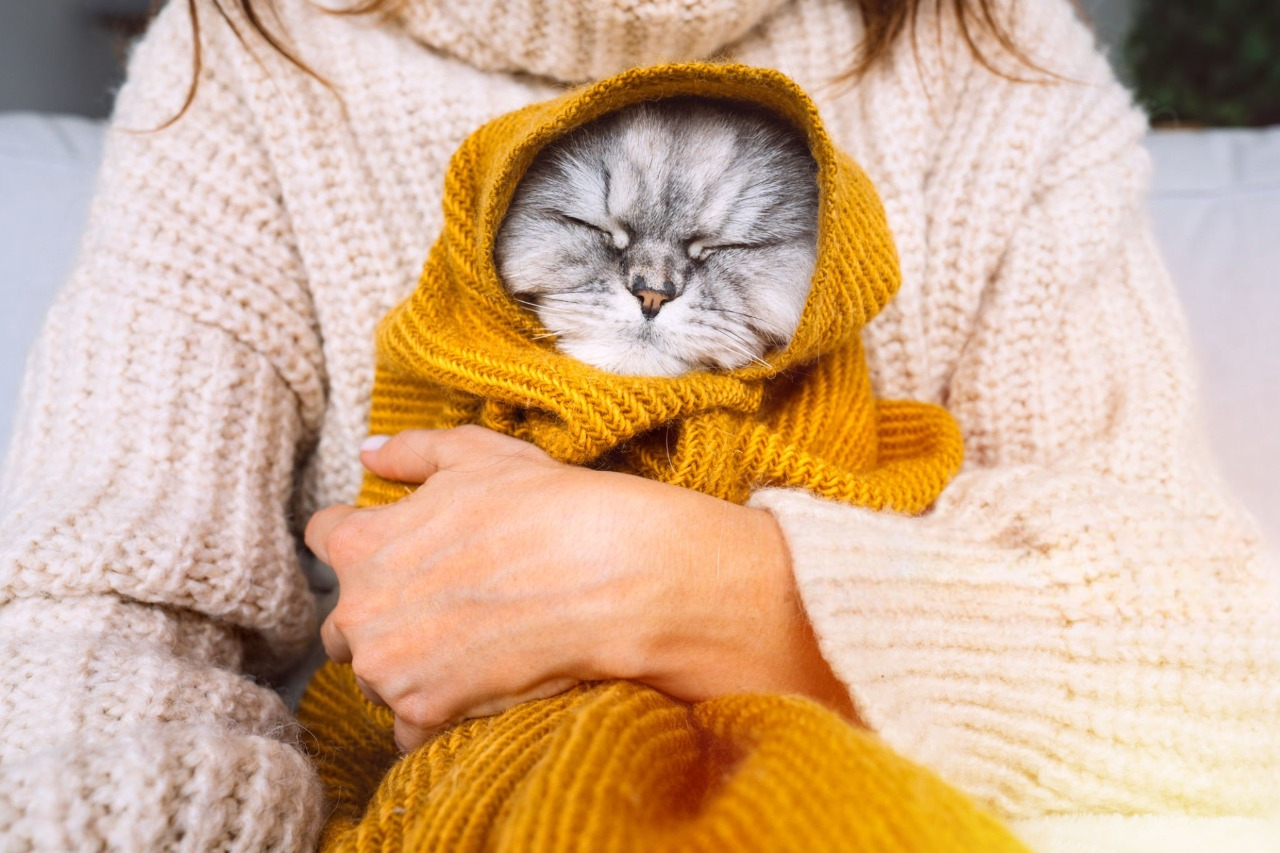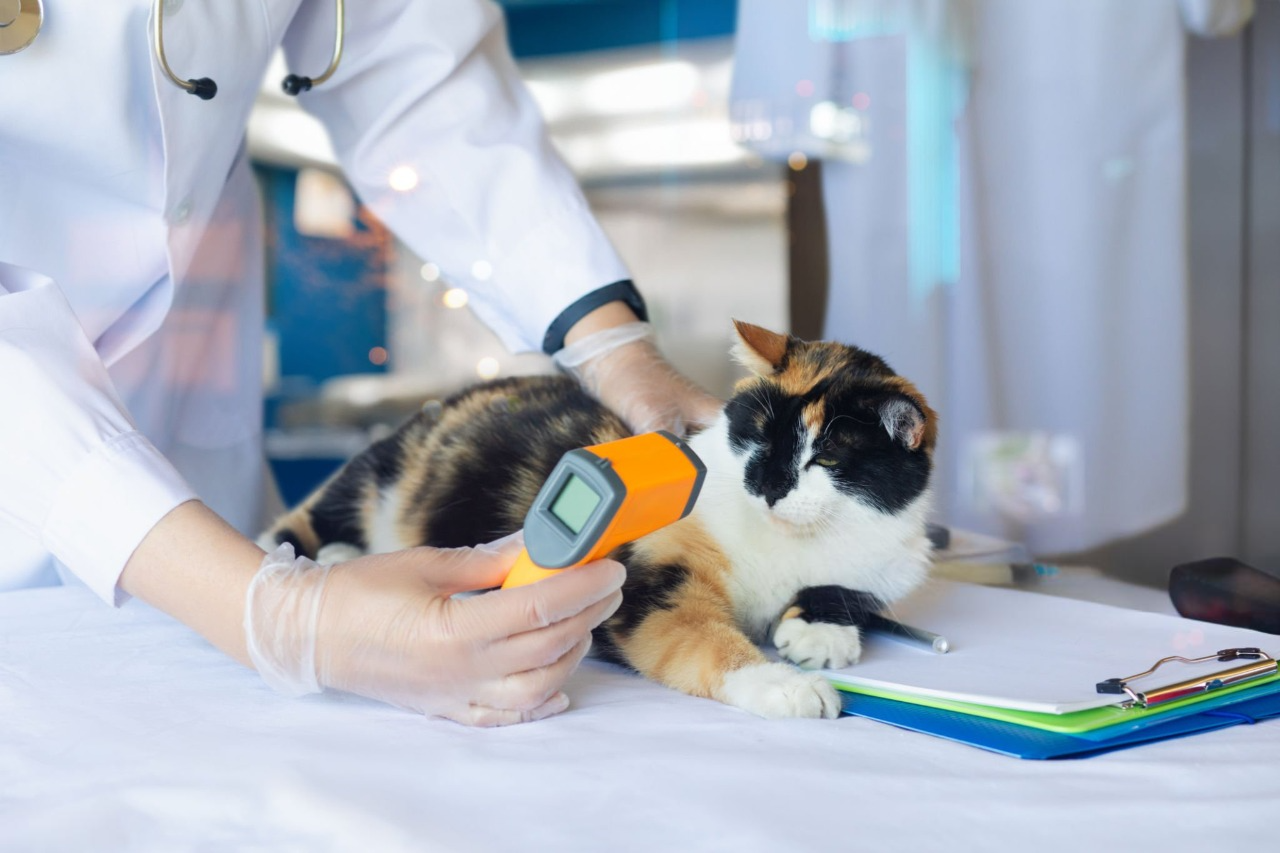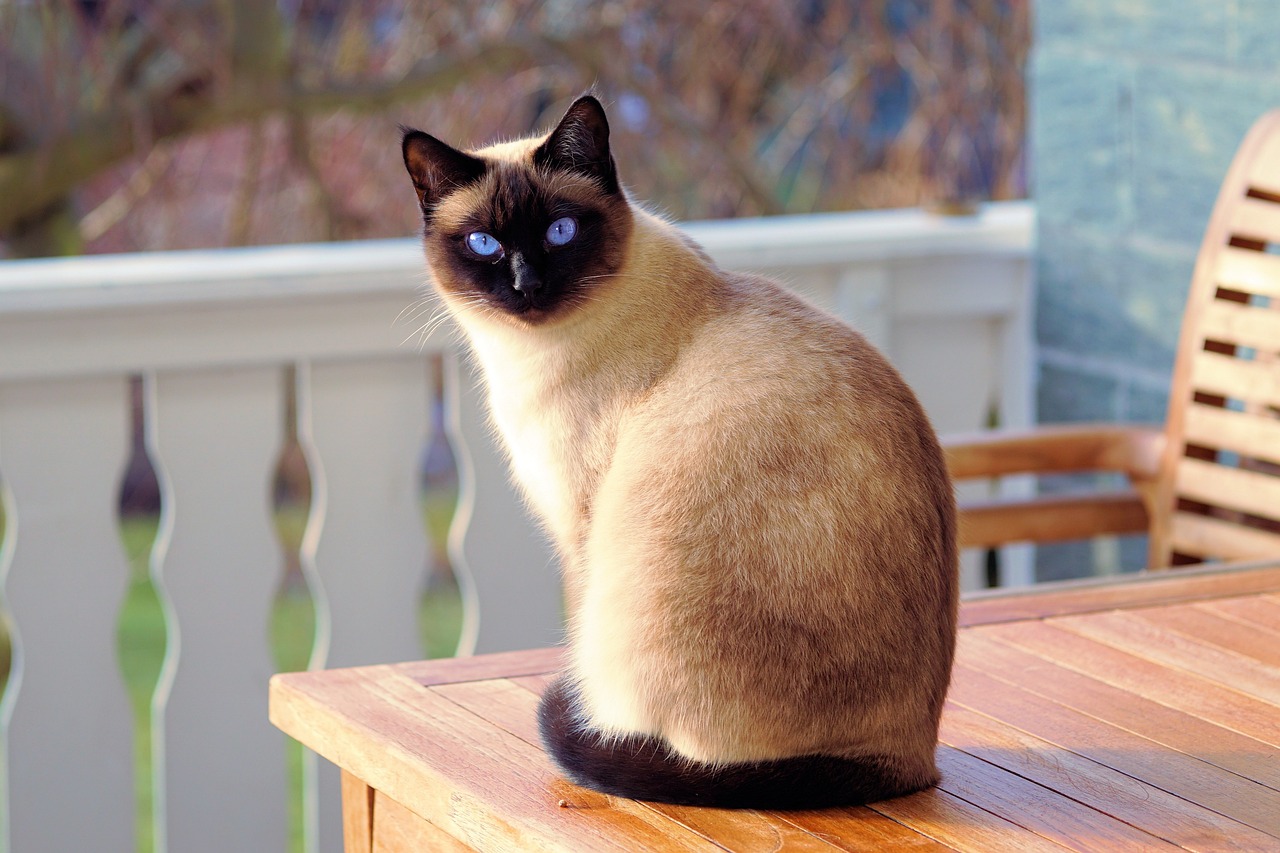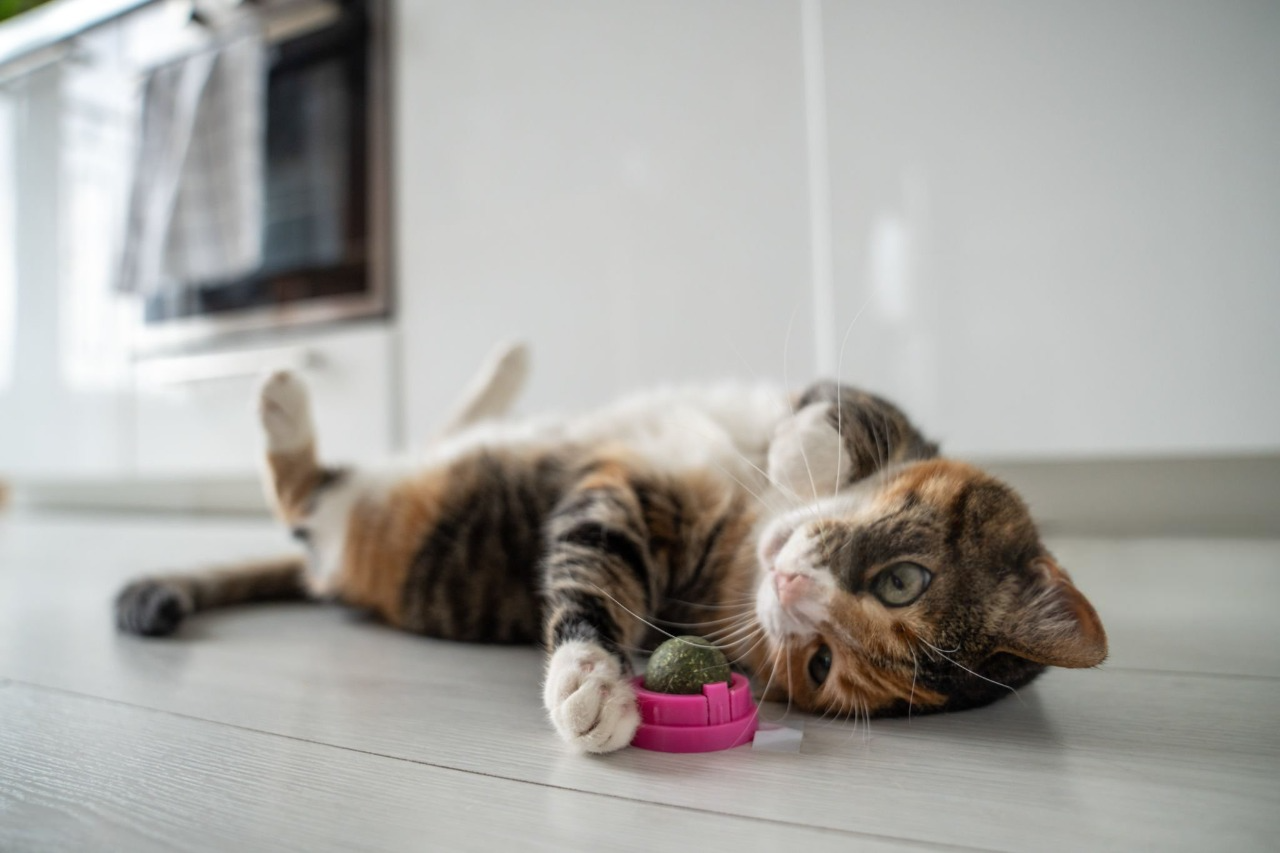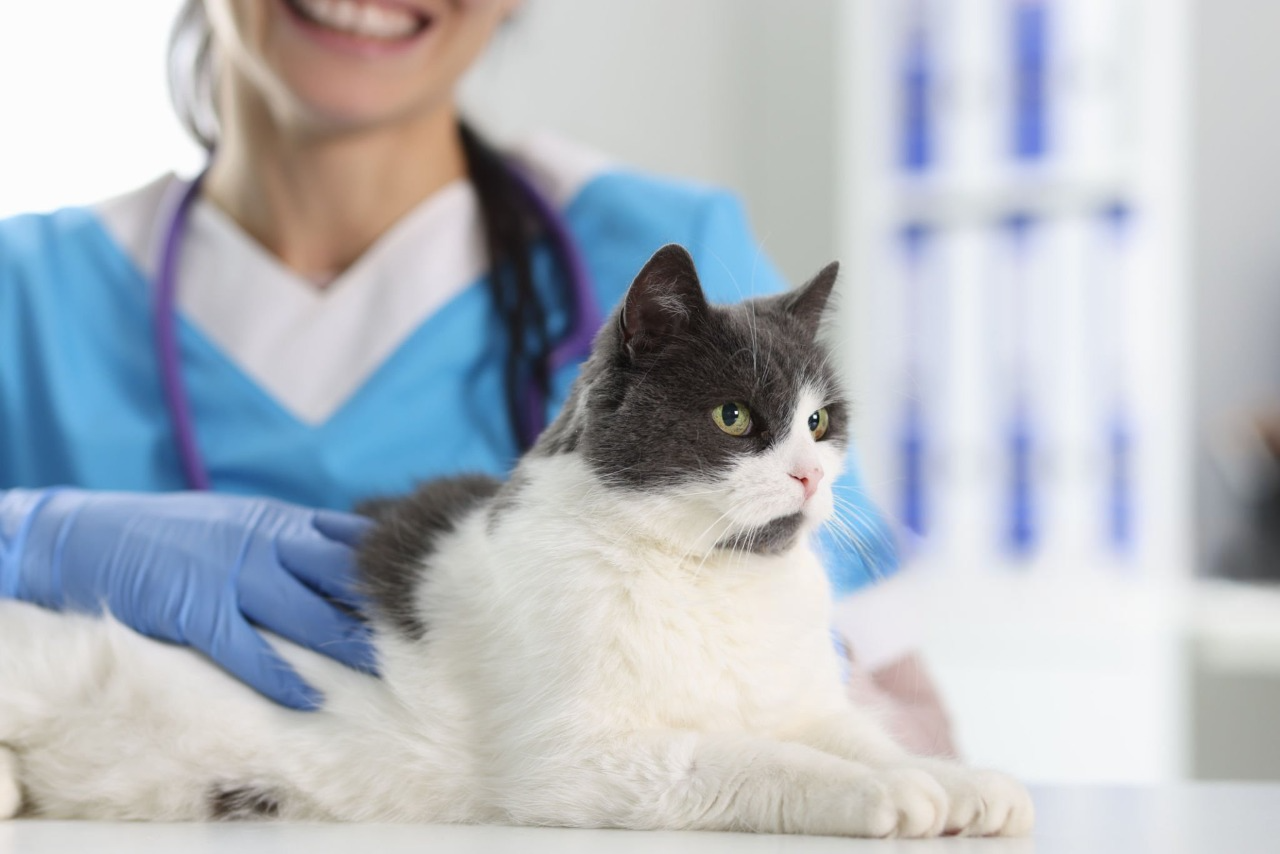Why Are Cats Attracted to Cat Grass?
If you have a cat and enjoy gardening, you may have noticed that your feline friend seems particularly interested in plants—sometimes nibbling on or even eating them. Among the most popular plant choices for cats is cat grass. But what exactly is cat grass, and why do cats seem to love it so much?
What Exactly Is Cat Grass?
Although many people mistakenly believe that cat grass is similar to catnip, they are quite different plants. Catnip and catmint belong to the mint family, Lamiaceae, and while they look somewhat alike, they elicit different reactions from cats. In contrast, cat grass is made up of various cereal grasses, including wheat, barley, rye, oat, and alfalfa. These grasses are non-toxic and provide a safe option for your cat to nibble on.
Why Do Cats Love Cat Grass?
While the exact reason why cats are drawn to cat grass remains unclear, there are a few theories about this behavior. One hypothesis suggests that cats eat grass to settle an upset stomach. However, studies have cast doubt on this theory. In a survey of cat owners, only 6% of cats that ate grass showed signs of illness beforehand. Furthermore, 37% of cats were reported to vomit after eating grass, indicating that the behavior may not be linked to sickness or digestive relief.
Another theory posits that eating grass might help cats with hairballs. While it’s often observed that long-haired cats may vomit after eating grass, studies found no significant difference in vomiting behavior between long-haired and short-haired cats. This suggests that grass consumption may not have a direct connection with hairball management.
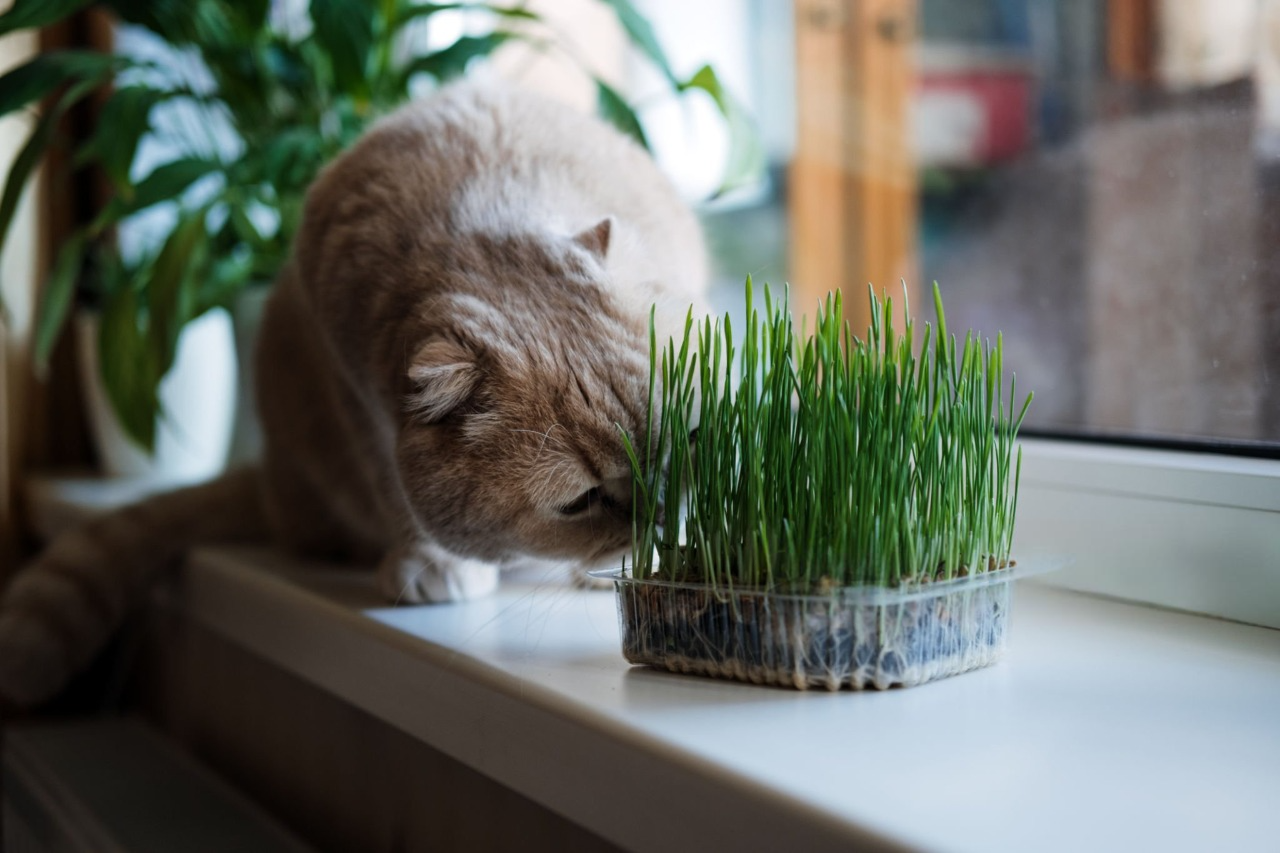
The Role of Grass in Cats’ Natural Behavior
It’s also possible that cats eat grass to help eliminate intestinal parasites. This behavior isn’t limited to domesticated cats—it has been observed in wild cats as well. A study on various wild carnivores, including lynx and cougars, showed that even wild cats engage in grass consumption, suggesting that it’s a natural and instinctive behavior for all felines.
Where Can You Find Cat Grass?
Cat grass is relatively easy to find at pet stores, garden centers, or nurseries. You may see it labeled as “wheatgrass,” “barley grass,” or “rye grass,” as it is derived from cereal grains like wheat, barley, and alfalfa. You can even purchase seed packets and grow your own cat grass at home.
Growing Cat Grass: Indoor or Outdoor?
Cat grass can be grown both indoors and outdoors. If you’re growing it outdoors, plant it in the spring, ensuring it gets plenty of sunlight. For indoor planting, you can sow the seeds at any time of the year. Simply plant the seeds about 1/4″ deep in moist soil and place them in a sunny spot. In a week or two, you’ll see the seedlings begin to sprout.
Why Choose Cat Grass Over Regular Lawn Grass?
While your cat may be tempted to nibble on regular grass, it’s generally safer for them to eat cat grass instead. Regular lawn grass may be treated with pesticides or other chemicals that could harm your pet if ingested. Additionally, regular grass can harbor parasites, fleas, and ticks, which pose a health risk to your cat.
By planting cat grass indoors or harvesting it carefully from your yard (after thoroughly washing it), you can ensure your cat’s safety. Planting cat grass inside allows your cat to indulge their craving for plants without exposure to potential hazards.
Conclusion: Is Cat Grass Safe for Cats?
Although the exact reasons cats are drawn to cat grass remain a bit of a mystery, it’s generally safe for them to eat in moderation. Cat grass can be a fun and enriching addition to your home environment, providing mental stimulation and a safe outlet for your cat’s natural curiosity. Just ensure that the grass you provide is free from harmful chemicals, and you’ll be offering your cat a healthy treat.
By understanding more about the benefits and safety of cat grass, you can better cater to your feline’s needs and enrich their environment in a natural, healthy way.
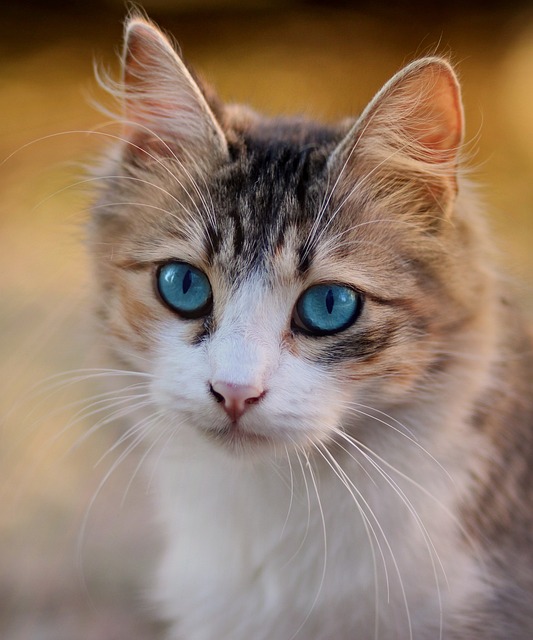
“A blog for pet lovers” is a dedicated space where animal enthusiasts can explore tips, stories, and expert advice on pet care, training, health, and more. Whether you’re a dog person, a cat lover, or someone who adores all animals, this blog offers a warm and engaging community for you to connect, learn, and celebrate the joy of having pets…

